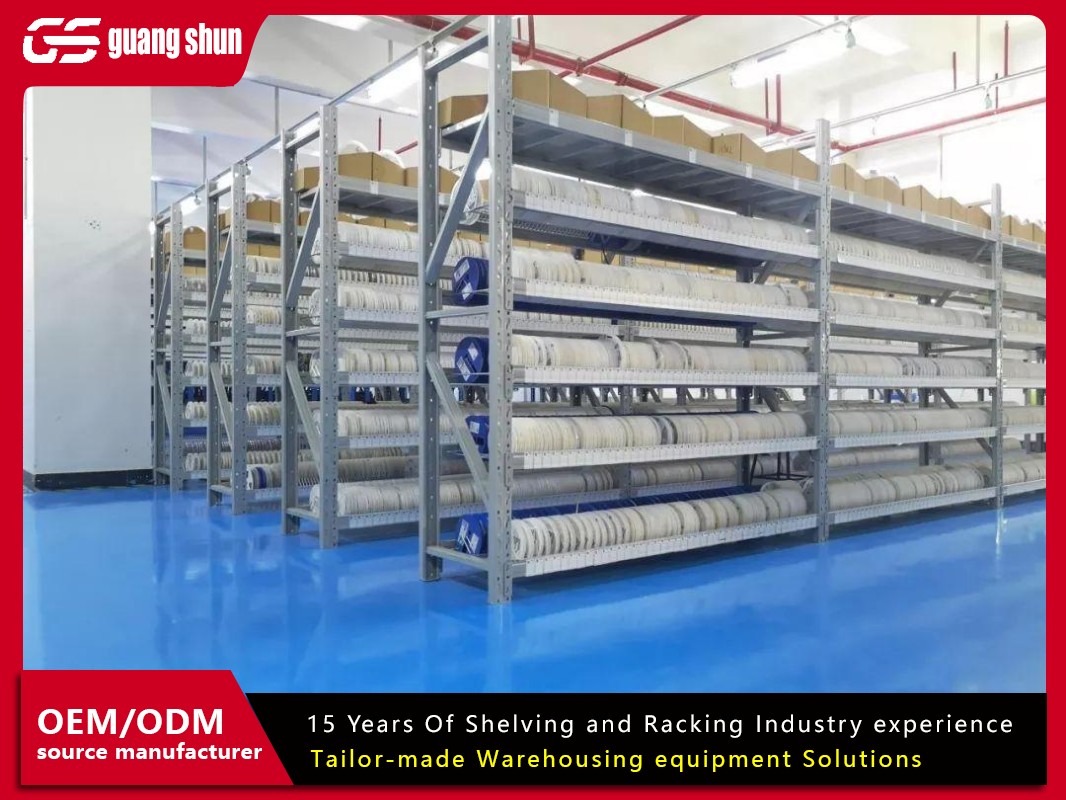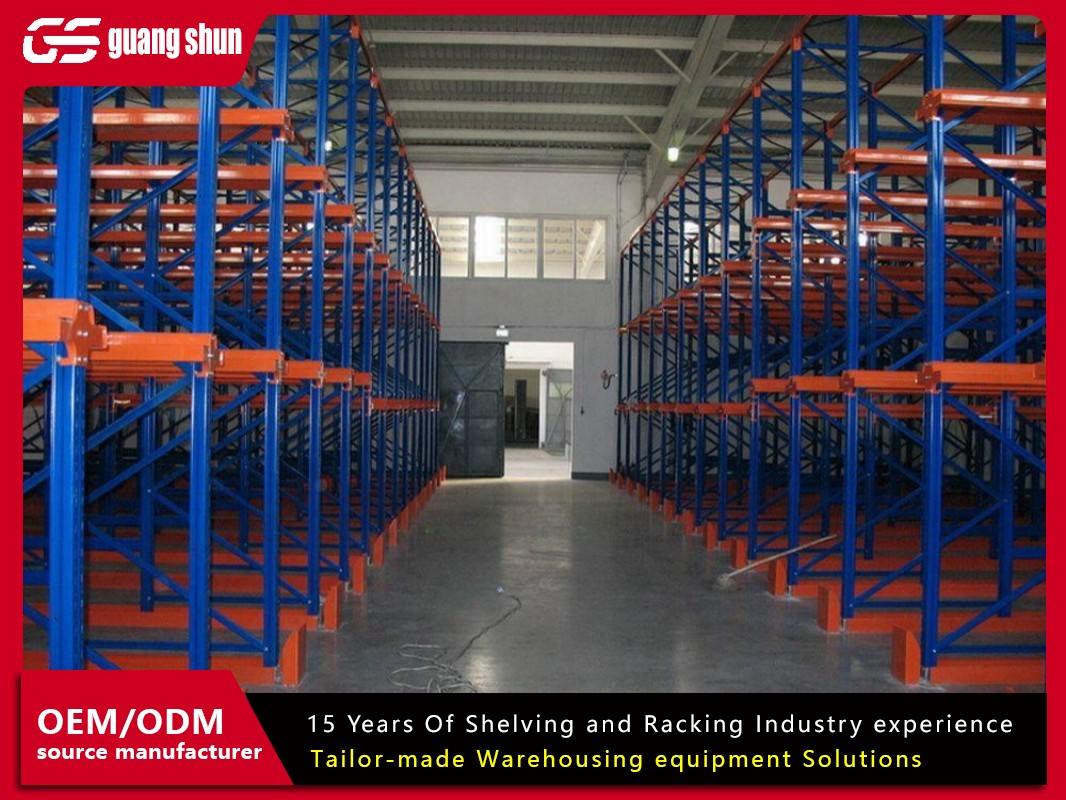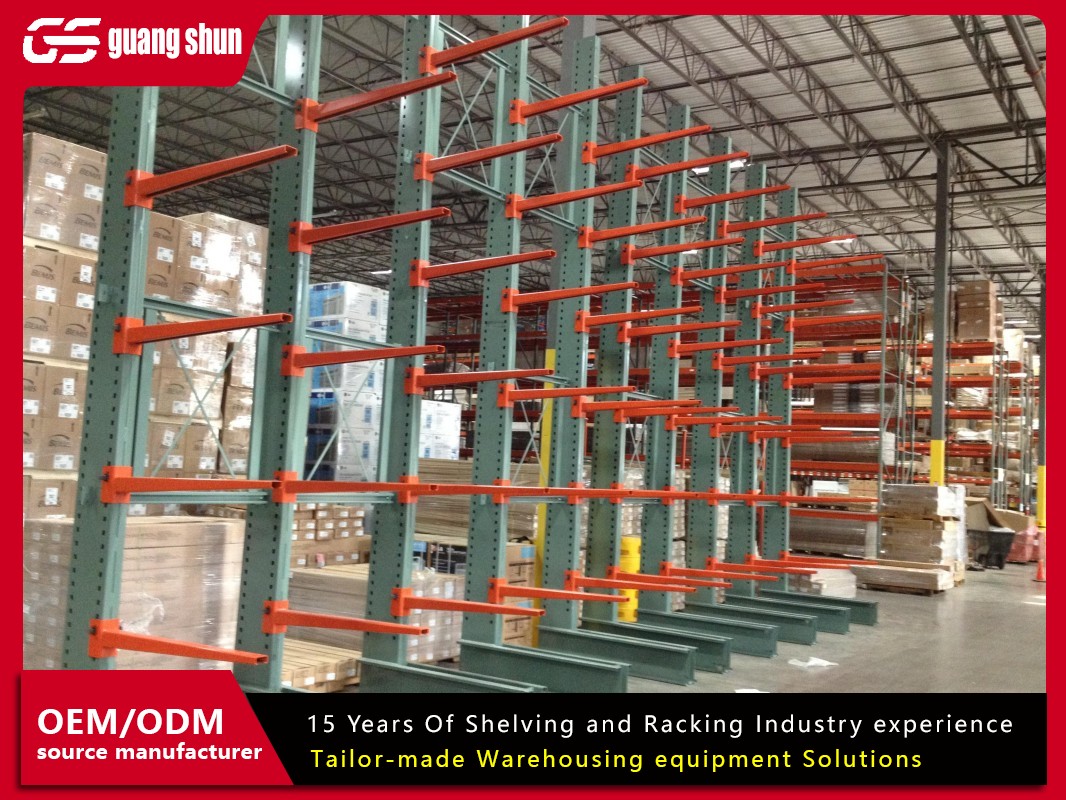In the world of warehouse storage and logistics, efficiency, safety, and maximizing space are paramount. At the heart of most storage rack systems lies a critical component: the pallet racking beam. Often overlooked in favor of the larger frame structure, the beam is the workhorse that directly supports your inventory. Understanding the intricacies of pallet racking beams is not just a matter of optimization; it's a crucial element of warehouse safety and operational efficiency. This comprehensive guide will delve into everything you need to know about pallet racking beams, from their fundamental design and various types to how to select the right one for your application and ensure its safe use. Whether you're a warehouse manager, a logistics planner, or a business owner, this knowledge is essential for creating a robust and high-performing storage system.
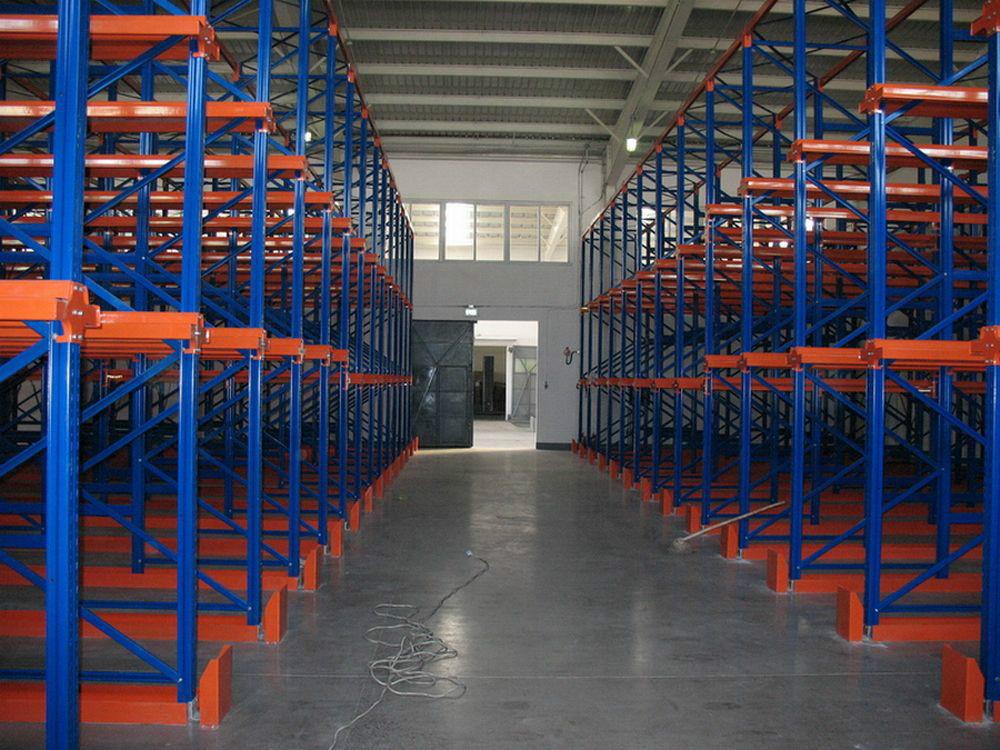
What is a Pallet Racking Beam? The Foundation of Storage
A pallet racking beam, also commonly referred to as a step beam, box beam, or simply a rack beam, is the horizontal load-bearing component of a pallet racking system. It is the element that is installed between two upright frames to create the shelving levels upon which pallets are stored. Pallet racking beams are designed with specific ends, known as beam connectors or hooks, that lock into the upright's column at precise heights. This allows for adjustable shelf levels, providing the flexibility to accommodate loads of various sizes.
The primary function of a pallet racking beam is to support the weight of the stored pallets and distribute that load to the upright frames. Beams are typically used in pairs on each level, and the pallet rests on both beams simultaneously. Their design is a marvel of engineering, balancing strength with weight to create a cost-effective and versatile solution. The integrity of your entire storage system relies heavily on the specification and condition of these beams. A failure in a beam can lead to catastrophic collapse, product damage, and serious injury, underscoring why a deep understanding of this component is non-negotiable.
Different Types of Pallet Racking Beams and Their Applications
Not all storage needs are the same, and fortunately, neither are pallet racking beams. The industry has developed several specialized types of beams to cater to different load requirements, rack designs, and safety considerations. Choosing the correct type is the first step toward an efficient warehouse.
1. Step Beams
This is the most common and widely recognized type of pallet racking beam. Its name comes from the distinctive "step" formed at the top of the beam's end. This step is designed to hook securely into the peg holes of the upright frame. Step beams are versatile, economical, and suitable for a vast range of light to medium-duty applications in selective pallet racking systems.
2. Box Beams
For heavier loads and more demanding environments, box beams are the preferred choice. As the name implies, these beams are constructed from rolled steel formed into a hollow box or rectangular tube shape. This design offers a superior strength-to-weight ratio compared to step beams, making them ideal for supporting very heavy palletized loads. They are often used in high-capacity selective racking and other heavy-duty storage systems.
3. Structural Beams
Structural beams are the heavyweights of the pallet racking beam world. They are made from heavy-gauge steel and are typically welded into a solid, robust structure. These beams are used in applications requiring extreme load capacities, such as storing large industrial parts, heavy machinery, or bulk materials. They are commonly found in structural pallet racking systems, where the entire rack is built for maximum durability and weight-bearing.
4. Closed-Back Beams
Safety is a major concern in warehouses, and closed-back beams address this directly. These beams feature a solid back, often welded into place, which prevents pallets from accidentally being pushed through the rack from one side to the other. This not only protects inventory from damage but also significantly enhances safety by preventing loads from falling onto aisles.
Understanding Pallet Racking Beam Capacity and Load Ratings
Perhaps the most critical aspect of selecting and using a pallet racking beam is understanding its capacity. Every beam is designed and rated to hold a specific maximum weight, and exceeding this rating is extremely dangerous.
Uniformly Distributed Load (UDL): This is the most common rating for a pallet racking beam. It represents the maximum safe load that can be evenly distributed across the entire length of the beam. For example, a beam with a 5,000 lb UDL can safely support 5,000 lbs spread evenly from one end to the other.
Point Load: Some ratings may also include a point load capacity, which specifies the maximum weight that can be applied to a specific point on the beam. This is less common for pallet storage, as the pallet itself typically distributes the load.
Pair Capacity: It is vital to remember that beams are always used in pairs. The capacity rating of the beam is for the pair, not for each individual beam. The total weight of the pallet and its load must be less than the rated capacity of the beam pair.
Factors Affecting Capacity: The capacity of a pallet racking beam is not arbitrary. It is determined by several factors:
Material and Gauge: The thickness and grade of the steel used.
Design: The beam's shape (step, box, structural) and its overall dimensions (depth, length).
Beam Length: Crucially, capacity decreases as beam length increases. A 96-inch beam will have a significantly lower capacity than a 48-inch beam of the same model and type.
Always consult the manufacturer's load capacity charts. These charts are calculated based on rigorous engineering standards and are your definitive guide for safe operation. Never guess or estimate a beam's capacity.
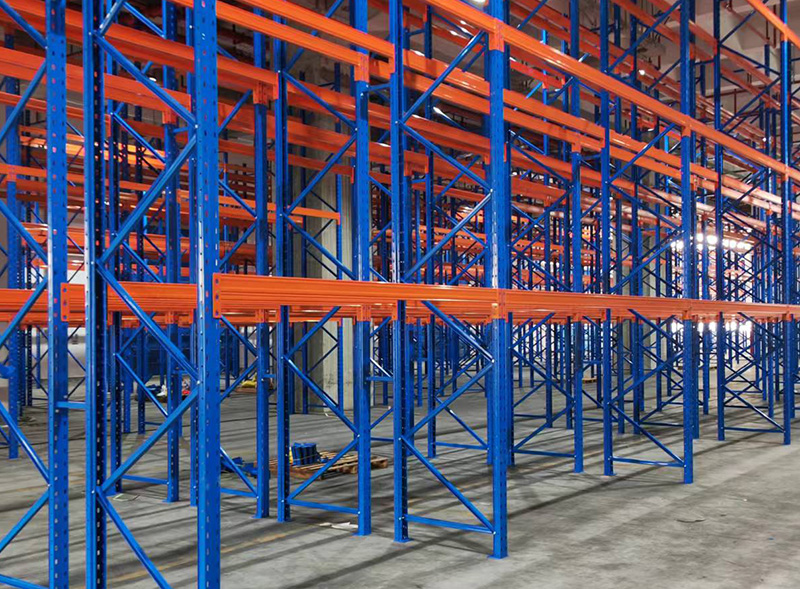
How to Choose the Right Pallet Racking Beam for Your Warehouse
Selecting the correct pallet racking beam is a systematic process that requires careful consideration of your specific operational needs.
Determine Your Load Requirements: Calculate the weight of your heaviest pallet. This is your baseline for the minimum capacity required. Always include the weight of the pallet itself.
Measure for Size: You need to consider both length and depth.
Beam Length: The length of the beam must be suitable for your upright frames and pallet size. The beam should be long enough to provide adequate support for the pallet but not so long that it protrudes unnecessarily into the aisle. A common rule is to have a minimum of 3 inches of pallet support on each end of the beam.
Beam Depth: The depth (front to back) must be compatible with your upright frames and the type of beam required.
Match the Beam Type to the Application: Use the guide above. For standard pallets, step beams are often sufficient. For very heavy loads, opt for box or structural beams. For safety-sensitive environments, consider closed-back beams.
Ensure Compatibility: Beams are not universal. The hook design (e.g., teardrop, keyhole) must perfectly match the openings on your upright frames. Using incompatible components can create a critical failure point.
Consider the Future: Choose a beam with a capacity that allows for some flexibility in your inventory. However, avoid drastic over-specification, as this can lead to unnecessary cost.
Essential Safety and Maintenance Tips for Pallet Racking Beams
The safety of your warehouse personnel and the protection of your inventory depend on the proper use and maintenance of your racking system, with the pallet racking beam being a key focus area.
Regular Inspections: Implement a scheduled inspection program. This should include:
Daily Visual Checks: Encourage operators to report any visible damage they see.
Weekly Formal Inspections: A designated person should perform a more thorough walk-through.
Professional Annual Inspections: A certified racking inspector should assess the entire system annually.
What to Look For: During inspections, pay close attention to beams for any signs of:
Bending or Deformation: Any visible sag or twist is a major red flag. The beam must be unloaded and replaced immediately.
Cracks or Fractures: Especially around the weld points of the end connectors and the beam itself.
Damage from Impacts: Look for dents, gouges, or scratches that may have compromised the structural integrity of the steel. Even a small dent can significantly reduce a beam's load-bearing capacity.
Corrosion: Significant rust can weaken the metal over time.
Proper Installation: Ensure every pallet racking beam is fully seated and that the safety lock (if equipped) is engaged. A beam that is not properly installed can dislodge if the rack is struck.
Never Exceed Capacity: This cannot be overstated. The load ratings are absolute maximums, not suggestions.
Use Beam Guards: In high-traffic areas where forklifts operate, installing protective column and beam guards can prevent damaging impacts from occurring in the first place.
The humble pallet racking beam is far more than just a piece of metal; it is a precision-engineered component that forms the backbone of modern warehouse storage. By understanding the different types of pallet racking beams, respecting their load capacities, selecting the right one for the job, and committing to a rigorous safety and maintenance routine, you can ensure your operations run smoothly, efficiently, and, most importantly, safely. Investing time in learning about this critical component will pay dividends in the form of optimized storage space, reduced product damage, and a secure working environment for your team.



